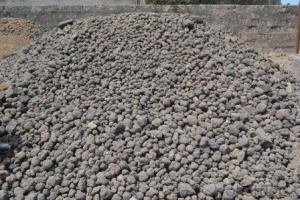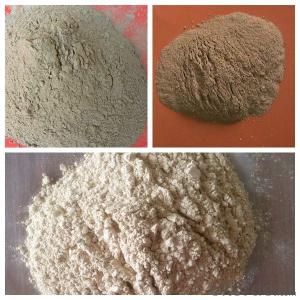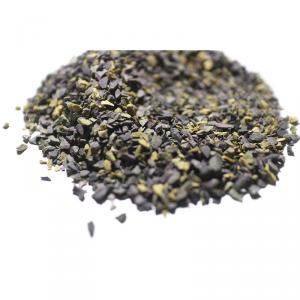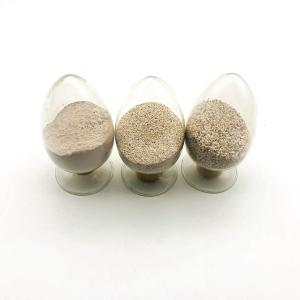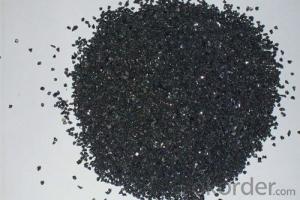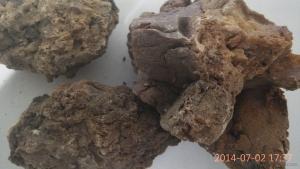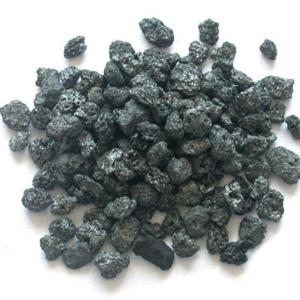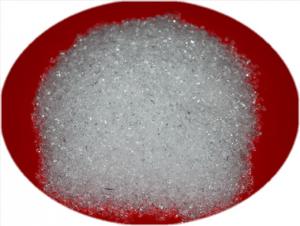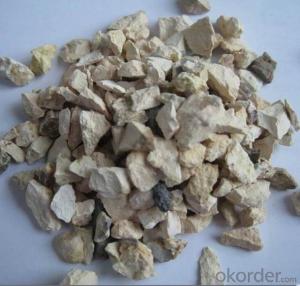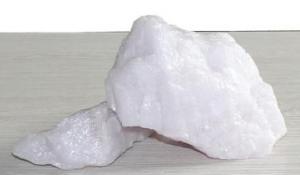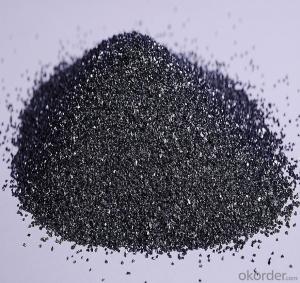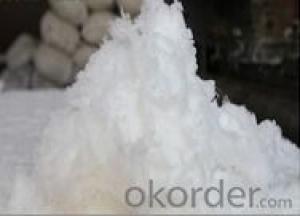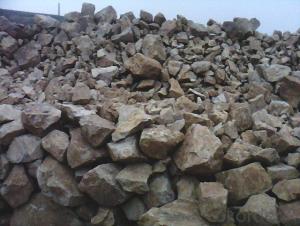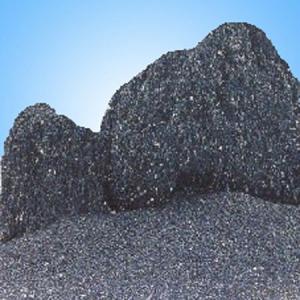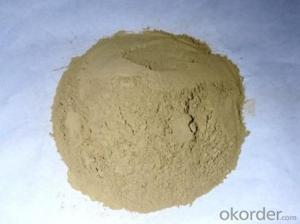All Categories
- - Steel Wire Rod
- - Steel Coils
- - Steel Profiles
- - Steel Pipes
- - Stainless Steel
- - Tinplate
- - Special Steel
- - Steel Sheets
- - Steel Rebars
- - Steel Strips
- - Hot Rolled Steel
- - Cold Rolled Steel
- - Pre-painted Steel
- - Seamless Steel Pipe
- - Welded Steel Pipe
- - Hollow Steel Tubes
- - Galvanized Pipe
- - Stainless Steel Coil
- - Stainless Steel Sheet
- - Stainless Steel Plate
- - Stainless Steel Strips
- - Electrolytic Tinplate Coil
- - Electrolytic Tinplate Sheet
- - Stainless Steel Rebars
- - Solar Panels
- - Solar Water Heater
- - Solar Related Products
- - Solar Inverter
- - Solar Cells
- - Solar Light
- - Solar Energy Systems
- - Solar Controllers
- - Solar Mounting System
- - Solar Pump
- - Solar Chargers
- - Fiberglass Chopped Strand
- - Fiberglass Mesh Cloth
- - Composite Pipes
- - FRP Pultrusion Profiles
- - Fiberglass Mat Tissue
- - Fiberglass Fabrics
- - Fiberglass Mesh
- - Composite Tank
- - Fiberglass Mesh tape
- - Polymer
- - FRP Roofing Panel
- - Fiberglass Roving
- - Monolithic Refractories
- - Ceramic Fiber Products
- - Refractory Bricks
- - Raw Materials For Refractory
- - Suspended Platform
- - Cranes
- - Concrete Machinery
- - Earthmoving Machinery
- - Building Hoist
- - Road Building Machinery
- - Plastic Pipe Fittings
- - Plastic Tubes
- - Plastic Sheets
- - Agricultural Plastic Products
- - Plastic Nets
Q & A
What are the differences between insulating and dense refractory materials, and how are they applied?
Insulating refractory materials are designed to have low thermal conductivity, meaning they minimize heat transfer. They typically have high porosity and low density, which allows for excellent insulation properties. These materials are used to line the outer layer of furnaces, kilns, and other high-temperature equipment to reduce heat loss and increase energy efficiency.
On the other hand, dense refractory materials are known for their high density and low porosity, resulting in high mechanical strength and resistance to chemical attack. They are used in areas where high mechanical stress and wear resistance are required, such as the inner linings of furnaces and kilns. Dense refractory materials can withstand extreme temperatures and harsh environments.
In terms of application, insulating refractory materials are usually applied in the form of lightweight bricks, ceramic fiber blankets, or castable refractories. They are installed as a layer over the dense refractory lining to provide thermal insulation. Dense refractory materials, on the other hand, are typically used as bricks or castable refractories that form the primary structure of the lining. They are installed directly onto the steel shell or foundation of the equipment to provide mechanical support and resistance to chemical attack.
Can you explain the role of silica in refractory materials?
Silica plays a crucial role in refractory materials as it serves as a key component in their composition. Silica, also known as silicon dioxide (SiO2), possesses high thermal stability and excellent resistance to heat. It acts as a binder, providing strength and cohesion to the refractory structure. Additionally, silica has a low coefficient of thermal expansion, which helps prevent cracking and thermal shock in refractories exposed to high temperatures. Its high melting point and resistance to chemical reactions make it an ideal material for withstanding extreme conditions in industries such as steelmaking, glass manufacturing, and cement production.
How is chromite extracted and processed for refractory use?
Chromite is primarily extracted through underground mining methods, where tunnels are built to access the ore deposits. Once the chromite ore is extracted, it undergoes various processing techniques to convert it into a usable form for refractory applications. This includes crushing the ore and grinding it into a fine powder. The powdered chromite is then mixed with binders and other additives to enhance its properties and form it into refractory bricks or molds. These bricks or molds are then fired at high temperatures to further strengthen their structure and make them suitable for use in high-temperature environments.
How do refractory raw materials contribute to energy efficiency in industrial processes?
Refractory raw materials play a crucial role in enhancing energy efficiency in industrial processes primarily through their ability to withstand high temperatures and resist thermal shock. By using high-quality refractory materials, industries can optimize their operations by reducing heat loss, minimizing energy consumption, and improving overall thermal management. These materials act as insulators, preventing heat transfer between different areas of the process, thereby reducing the need for excessive heating or cooling. Additionally, refractories help in maintaining consistent temperatures within furnaces, kilns, and other equipment, leading to improved process control and energy efficiency.
Wholesale Raw Materials For Refractory from supplier in Argentina
Some potential improvements to the text could include:
- Including specific examples of the raw materials for refractory products that are available, to give the reader a better understanding of what is being offered.
- Providing more information on the technical support services that are available, such as assistance with product selection or troubleshooting.
- Highlighting any certifications or quality control measures that are in place to ensure the high quality of the products being supplied.
- Including testimonials or case studies from satisfied customers in Argentina, to further demonstrate the company's expertise and reliability.
- Adding contact information, such as a phone number or email address, to make it easier for potential customers to get in touch.
- Including specific examples of the raw materials for refractory products that are available, to give the reader a better understanding of what is being offered.
- Providing more information on the technical support services that are available, such as assistance with product selection or troubleshooting.
- Highlighting any certifications or quality control measures that are in place to ensure the high quality of the products being supplied.
- Including testimonials or case studies from satisfied customers in Argentina, to further demonstrate the company's expertise and reliability.
- Adding contact information, such as a phone number or email address, to make it easier for potential customers to get in touch.
Hot Search
- Monolithic Refractories in Malawi
- Ceramic Fiber Products in Chile
- Refractory Bricks in Malaysia
- Raw Materials For Refractory in Brazil
- Raw Materials For Refractory in Cambodia
- Raw Materials For Refractory in Sweden
- Refractory Bricks in Syria
- Ceramic Fiber Products in Denmark
- Ceramic Fiber Products in Belarus
- Raw Materials For Refractory in Haiti
